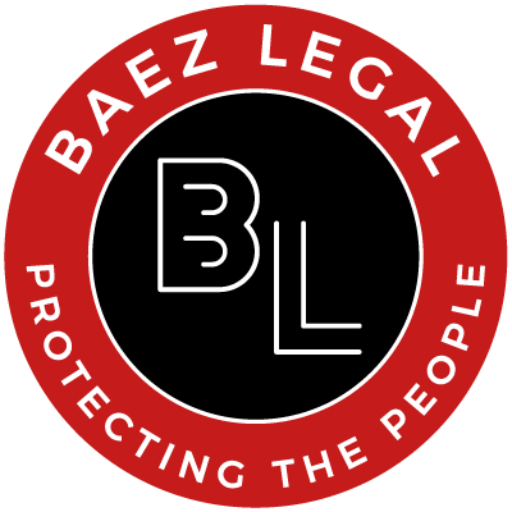
The statute of limitations in the legal context refers to a time limit that governs when an individual can file a lawsuit. It is a crucial concept in all legal domains but is significant in personal injury cases where delays can impact evidence preservation and witness recollection.
Knowing the statute of limitations is essential for injured parties seeking compensation for their losses. To protect your rights, you must contact a New York personal injury law firm as soon as possible.
Overview of New York’s Statute of Limitations
The statute of limitations ensures fairness and prompt resolution. It protects potential defendants from facing stale claims while encouraging injured parties to pursue legal remedies in a timely fashion, aiding the overall efficiency of the judicial system.
New York law generally mandates a 3-year statute of limitations for personal injury cases. The time limit starts from the date of the incident that caused the injury. An injured party typically has three years to file a legal claim. You must contact a New York car wreck lawyer or a New York motorcycle injury lawyer within this timeframe after sustaining an injury in an accident.
Starting the Clock: Date of Discovery
New York recognizes various personal injury claims. Each claim type may have its specific statute of limitations. For example, medical malpractice claims generally have a two-and-a-half-year statute of limitations. In contrast, claims against government entities require a much shorter notice period and subsequent filing timeframe.
The ‘date of discovery’ rule acknowledges that some injuries are not immediately evident. In some cases, the statute of limitations may begin when the injury is discovered or reasonably should have been discovered. For example, in case of a truck accident, New York truck injury attorneys can help you determine the specific date for the injury.
This rule frequently applies to latent injuries stemming from exposure to toxic substances or injuries that worsen over time. Understanding this difference is critical, as it can significantly extend the timeframe to file a claim.
Consequences of Missing the Deadline
Failure to file a personal injury court case within the statute of limitations generally results in its dismissal. It means the injured party loses their right to seek compensation through the courts.
Missing the deadline has severe legal and practical implications. It highlights the need to act swiftly after an injury to protect one’s legal rights and maximize the possibility of a successful claim.
However, important exceptions to the three-year rule exist. Special statutes of limitations may apply in situations involving wrongful death claims, medical malpractice, or injuries sustained by minors. It is crucial to understand these exceptions to have a full grasp of the applicable time limits.
Special circumstances may also warrant pausing or extending the statute of limitations, known as “tolling.” For example, if the injured person is mentally incompetent, the limitations period may be tolled.
Tolling can impact when a claim must be filed, offering critical extensions in specific situations. It underlines the importance of seeking legal counsel to determine if tolling may apply in each case.
Car Wreck Lawyer for Your Needs
Keeping detailed medical records and incident reports helps establish a timeline. Consulting an attorney is best to ensure compliance and explore potential tolling circumstances.
New York’s statute of limitations in personal injury cases is complex, with varying timeframes and exceptions. If you’ve been injured, don’t let time run out on your claim.
Contact the experienced car wreck lawyers at Baez Legal for a personalized assessment. Our team will represent you in court and ensure you deserve compensation.
